Margaret Howell celebrates the joy of modernist toys
The London brand's Marylebone boutique explores the midcentury educational designs of Abbatt Toys
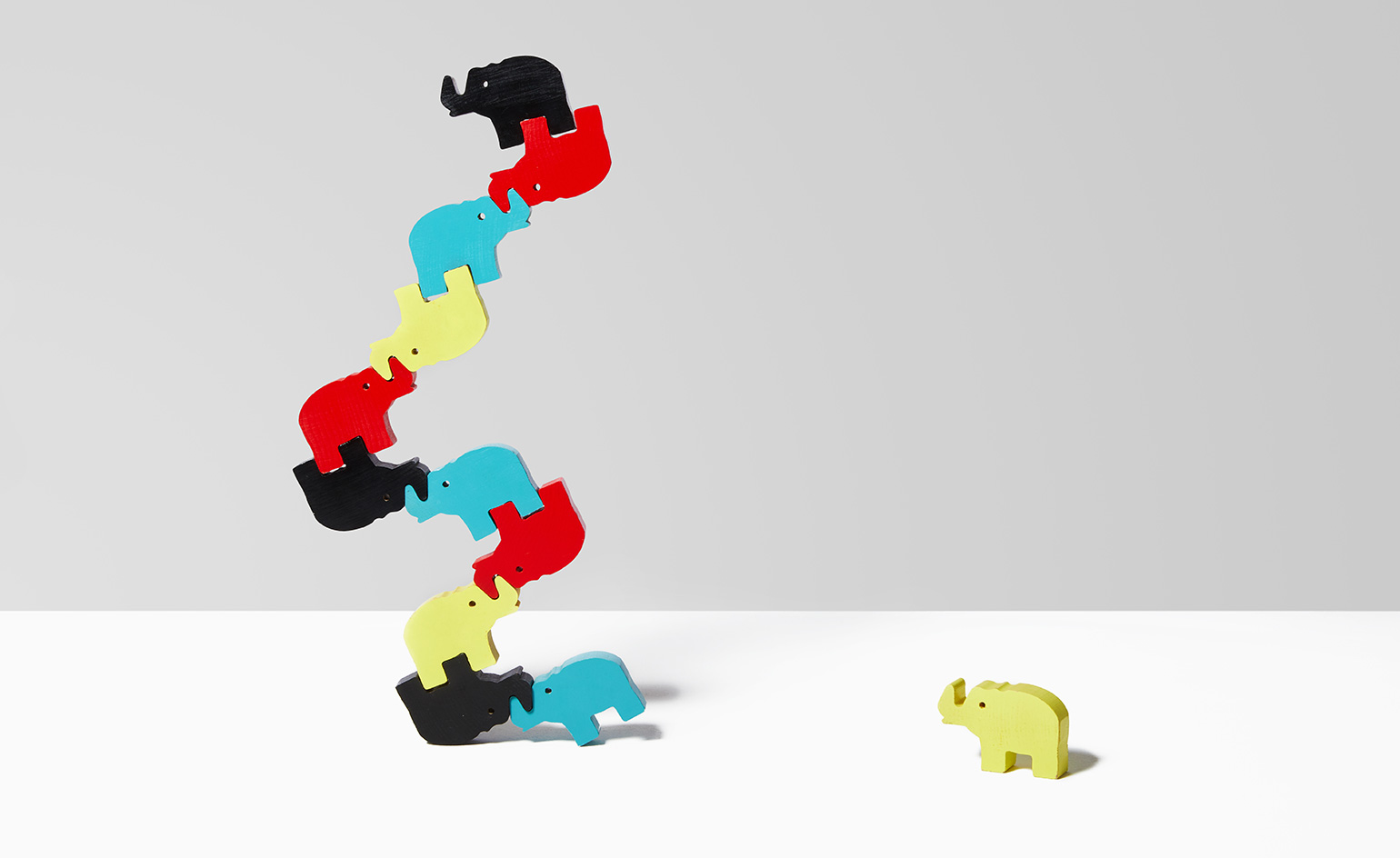
In 1933, children’s toy pioneer Paul Abbatt wrote in the journal Design for Today that play was ‘a force which can be used for development and valuable experience, a force which, if it is not thwarted by the wrong choice of playthings, develops into the power behind the successful architect or engineer.’ Abbatt and his wife Marjorie who trained as a teacher and a child therapist, are famed for inventing a range of interactive, educational children’s toys, inspired by trips to study progressive nursery teaching approaches in Vienna, former Yugoslavia and the Soviet Union. These designs are instrumental to how play is viewed as instrumental to development, also informing the architecture of play spaces and the education of those living with learning disabilities.
‘As a grandparent able to observe young children at play it soon becomes clear they are most absorbed and happy when they feel in charge of creating and constructing,’ says Margaret Howell. In celebration of Abbatt Toys – which first launched from its husband-and-wife founders’ Bloomsbury flat in 1932, the designer has launched an exhibition celebrating its groundbreaking designs at its Marylebone flagship. The show forms one of a series dedicated to strong design. In 2019, Howell celebrated the pages of the Council of Industrial Design's Design Folios, which were produced in the mid-20th century.
RELATED STORY


Abbatt Toys’ designs encouraged problem solving and creative thinking, and included silkscreened play tray jigsaws, stacked elephants and farmyard barns which were formed from slats of wood. These creations were also inspired by trips its founders took to Leipzig Toy Fair, toy factories is Dresden, Nurenberg and Berlin, and the Maison des Petites in Geneva. The designs were adapted to different ages and stages of development, with relatively little attention to gender difference. They were also masterminded by the Abbat’s architect friend Ernö Goldfinger, who also designed their child-friendly showroom on Wimpole Street in London, in 1936.
‘They designed toys to stimulate the imagination as well as physical skills. Self-learning hand in hand with fun!’ Howell says of the Abbatt’s output. We suggest you pop in for a spot of play time.

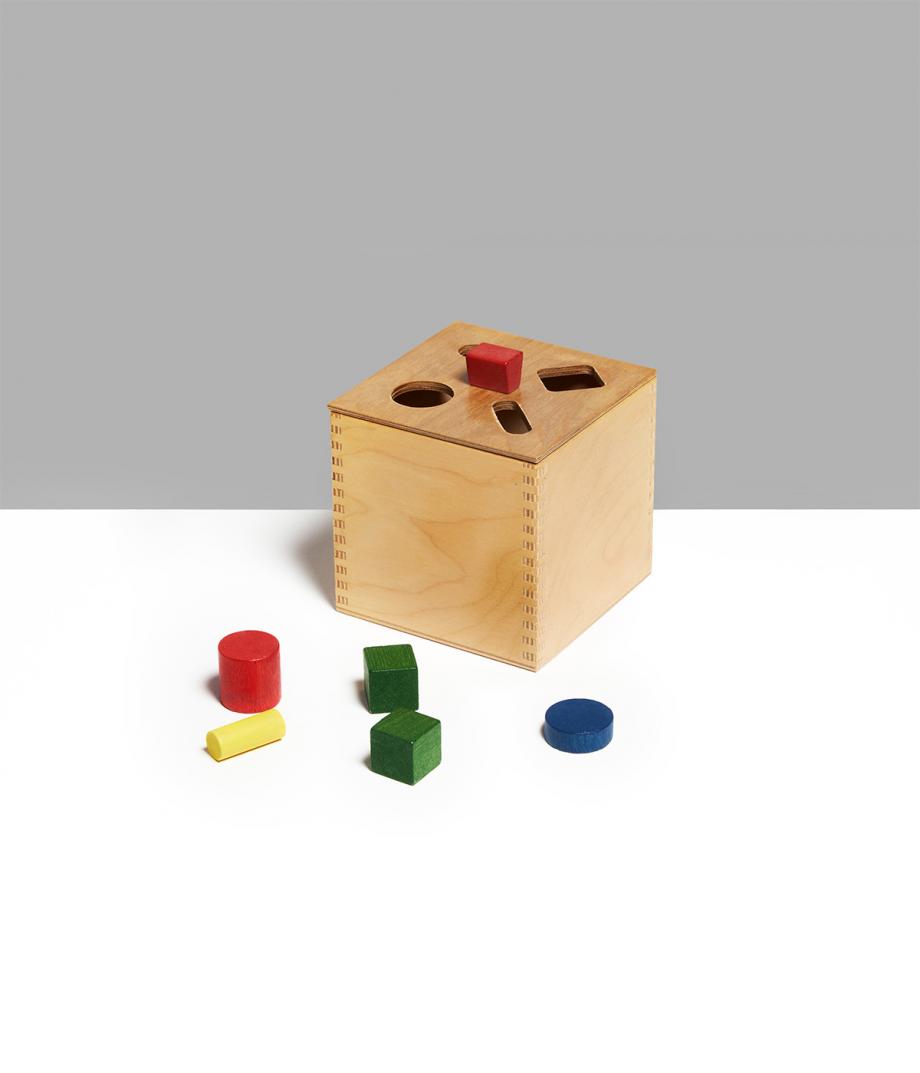
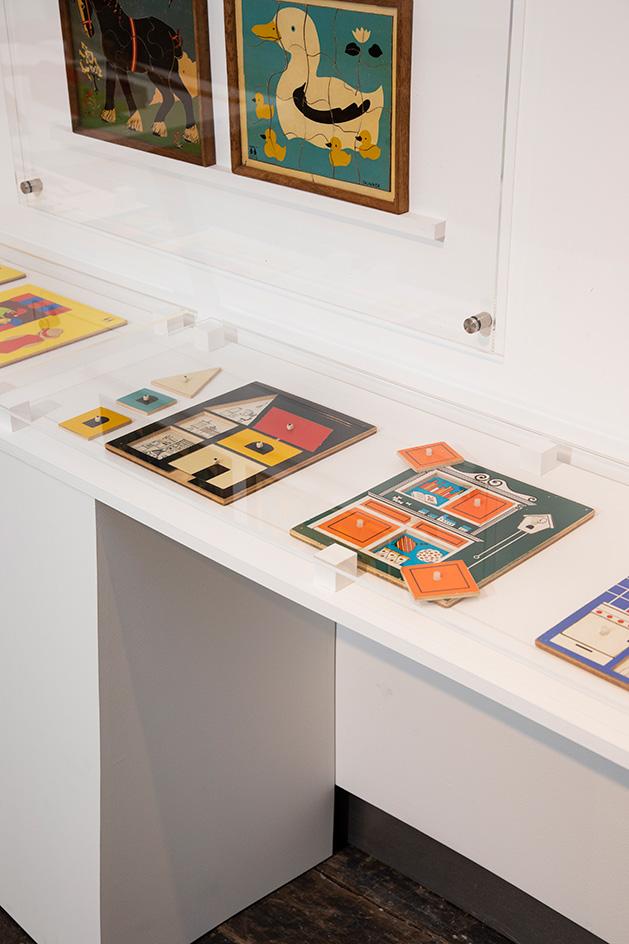
INFORMATION
Receive our daily digest of inspiration, escapism and design stories from around the world direct to your inbox.
-
 The most comprehensive showing of Nan Goldin’s photographs and films is intense and emotional
The most comprehensive showing of Nan Goldin’s photographs and films is intense and emotionalNan Goldin's moving-image work makes a heavy impact in ‘This Will Not End Well’ at Milan’s Pirelli HangarBicocca
-
 How We Host: Interior designer Heide Hendricks shows us how to throw the ultimate farmhouse fête
How We Host: Interior designer Heide Hendricks shows us how to throw the ultimate farmhouse fêteThe designer, one half of the American design firm Hendricks Churchill, delves into the art of entertaining – from pasta to playlists
-
 Arbour House is a north London home that lies low but punches high
Arbour House is a north London home that lies low but punches highArbour House by Andrei Saltykov is a low-lying Crouch End home with a striking roof structure that sets it apart
-
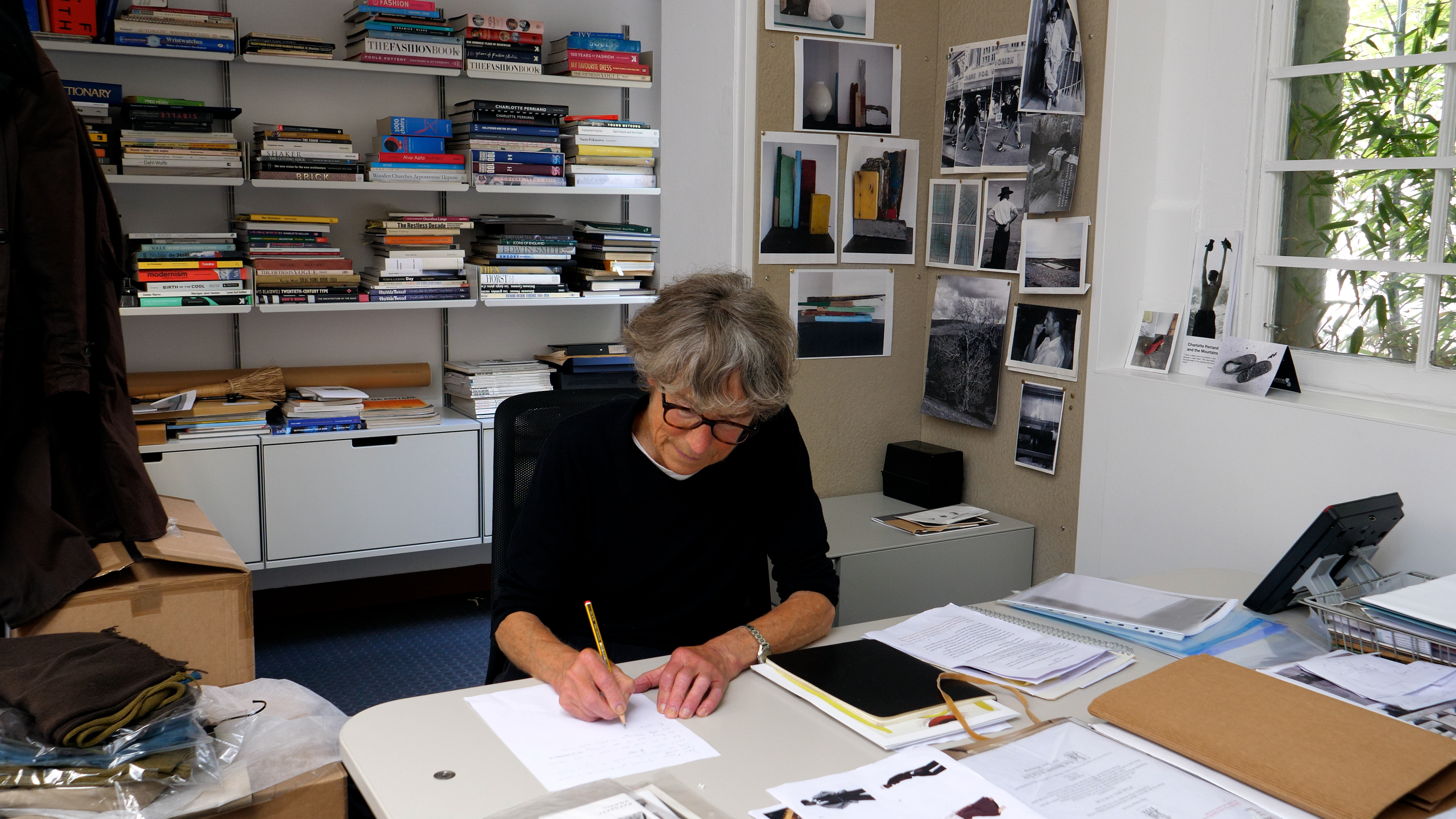 New short film takes you behind the scenes at Margaret Howell
New short film takes you behind the scenes at Margaret HowellA Working Space provides a behind-the-scenes look at 34 Wigmore Street, Margaret Howell’s London headquarters, which celebrates its 20th anniversary this year
-
 Annemarieke van Drimmelen’s photographs capture the spirit of Margaret Howell
Annemarieke van Drimmelen’s photographs capture the spirit of Margaret HowellDutch photographer Annemarieke van Drimmelen has captured Margaret Howell’s A/W 2022 collection in an evocative series of black and white images. Here, Van Drimmelen and Howell tell Wallpaper* how the project came together
-
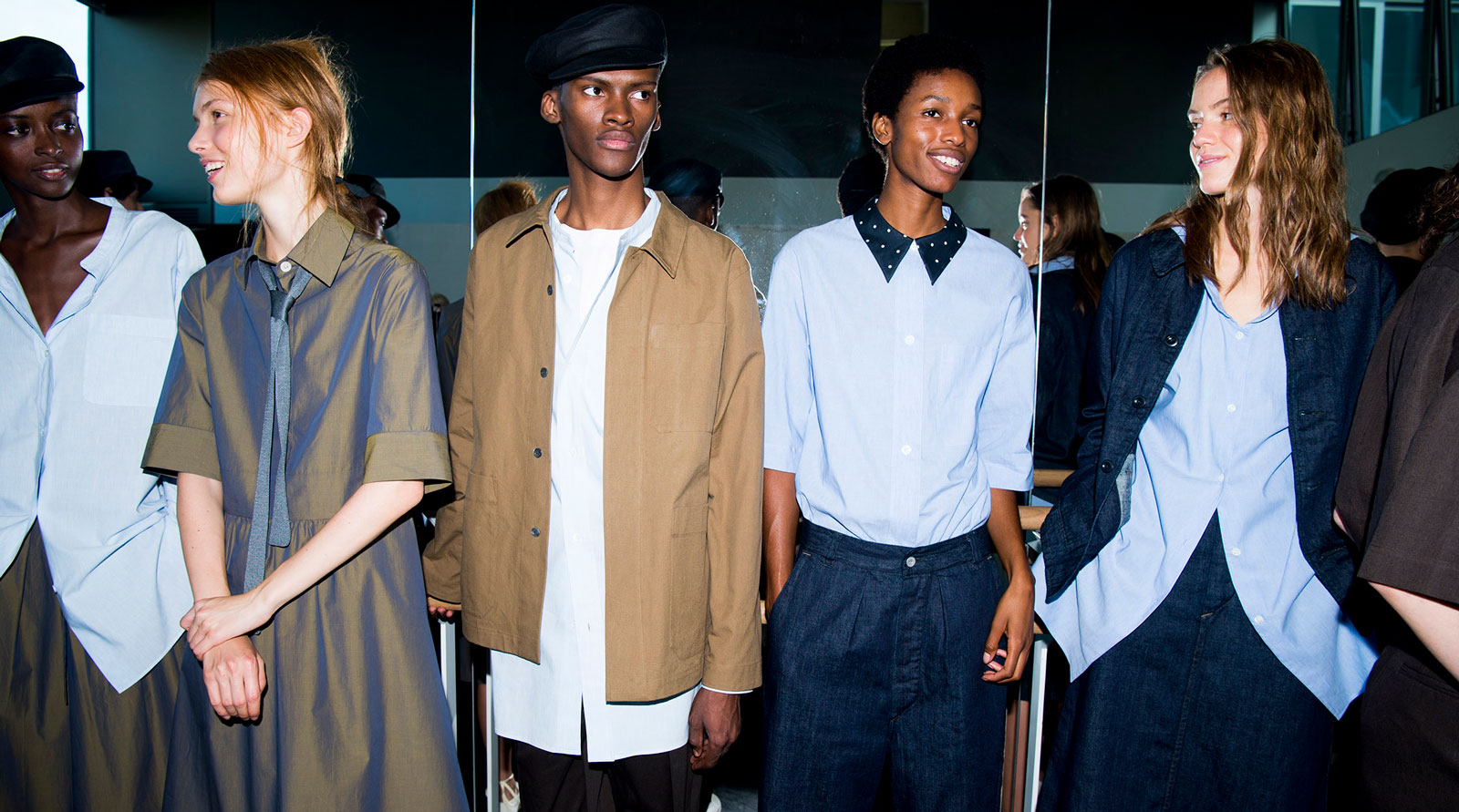 Margaret Howell London Fashion Week Women's S/S 2019
Margaret Howell London Fashion Week Women's S/S 2019 -
 London Fashion Week S/S 2022: eight important insights to know now
London Fashion Week S/S 2022: eight important insights to know nowFashion brands are back with a bang in The Big Smoke. Here’s everything you need to know from London Fashion Week S/S 2022
-
 Margaret Howell A/W 2020 London Fashion Week Women's
Margaret Howell A/W 2020 London Fashion Week Women's -
Margaret Howell S/S 2020 London Fashion Week Women's
-
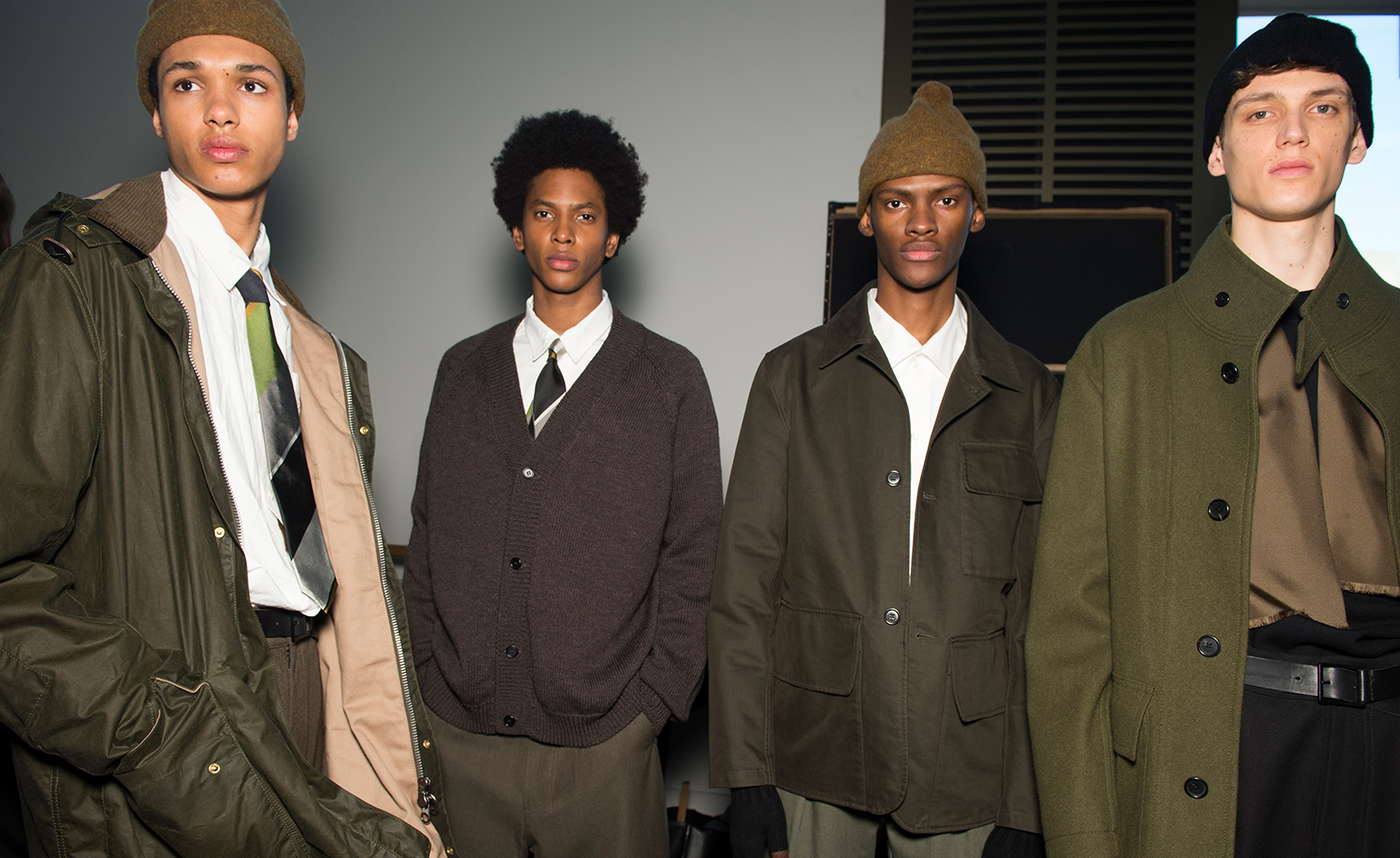 Margaret Howell A/W 2019 London Fashion Week Women's
Margaret Howell A/W 2019 London Fashion Week Women's -
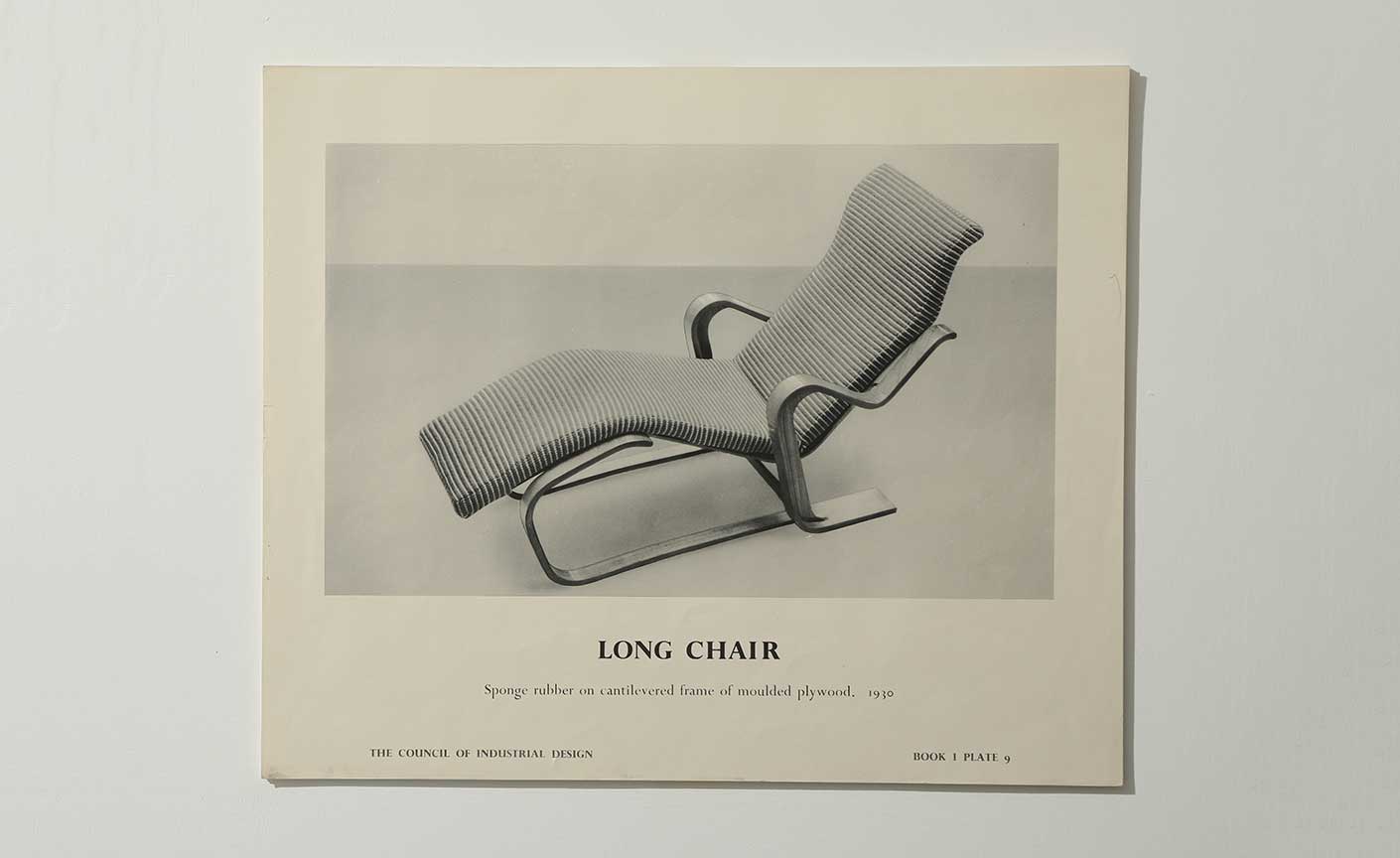 The design endeavour behind Margaret Howell’s latest London exhibition
The design endeavour behind Margaret Howell’s latest London exhibition